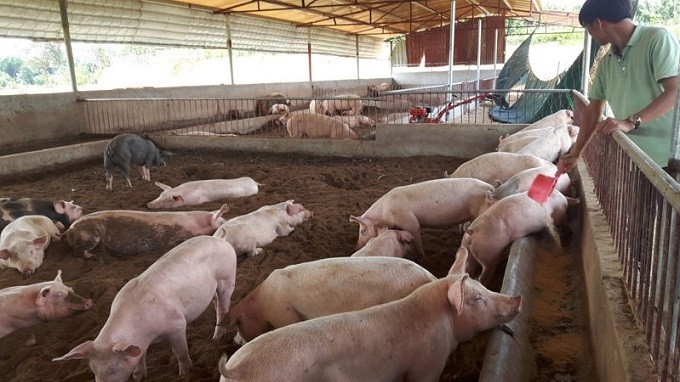Several provinces in northern Vietnam, such as Hung Yen, Hai Duong and Thai Binh, have begun rebuilding their hog herds with safe biological measures after being declared free of the epidemic. Other provinces such as Phu Tho, Bac Giang, Thanh Hoa, Binh Dinh and Dong Nai have also taken steps to restore pig farming.
It is expected that many provinces will have pigs put on the market in January this year, adding to the supply for Tet, as the Lunar New Year is known locally.
According to the Department of Animal Health, although ASF has gradually been contained, it will remain complicated in 2020 and beyond. Several factors that raise the risk of more ASF outbreaks include changing weather, which gives rise to germs, a flurry to rebuild pig herds, and increased transport and consumption of animal products around Tet.
Therefore, local authorities need to confirm if the conditions are met to rebuild hog herds; closely monitor pig farming activities and take appropriate measures to prevent diseases; and facilitate pig farms and large enterprises using safe biological practices to restore their production.
It has been shown that the regions and farming facilities complying with safe biological measures are immune to ASF.
For now, the ministries, agencies and authorities concerned need to promptly provide complete information about supply sources and prices of pork products so that consumers and pig farmers are aware and can avoid the hoarding of pork.
Large farms and enterprises, meanwhile, should show the responsibility of sharing the burden with the community by taking a leadership role, especially in pricing, in order to bring stability to the pork market.
In addition, the agricultural sector needs to develop other livestock, poultry and seafood to compensate for the shortage of protein sources due to ASF. It also needs to work with other ministries to import pork so as to meet market demand, especially during the upcoming Lunar New Year.
In the long run, the Ministry of Agriculture and Rural Development needs to report to the Prime Minister on the formulation and adoption of a national plan on ASF prevention for the 2020-2030 period in order to take control of the epidemic.
















